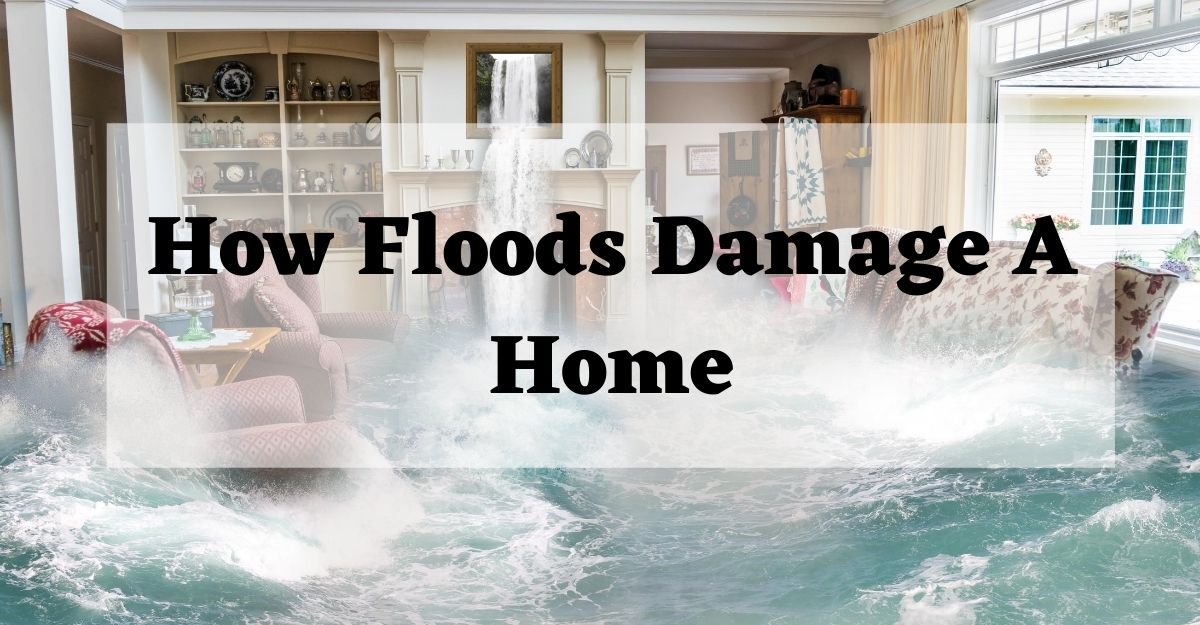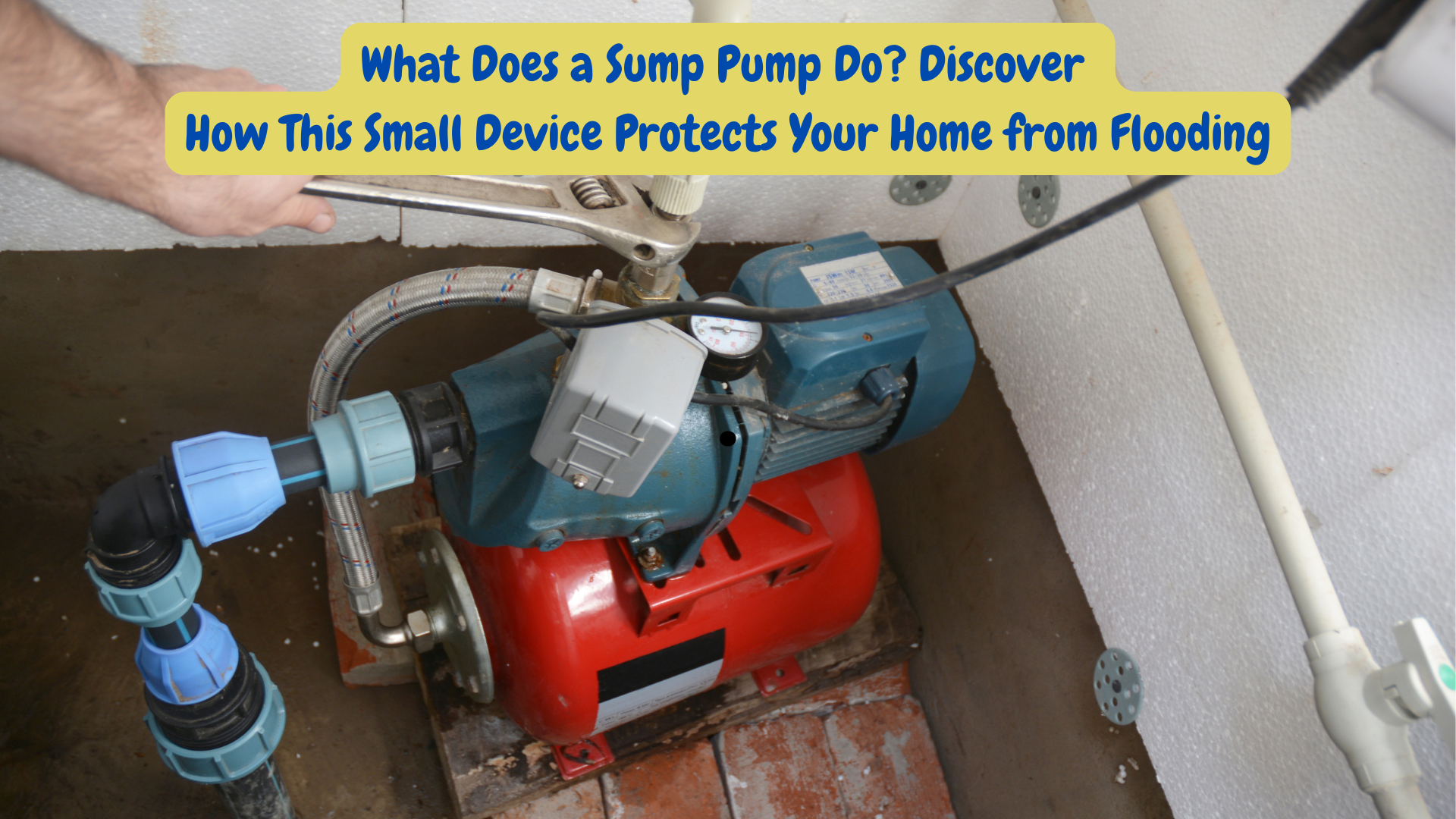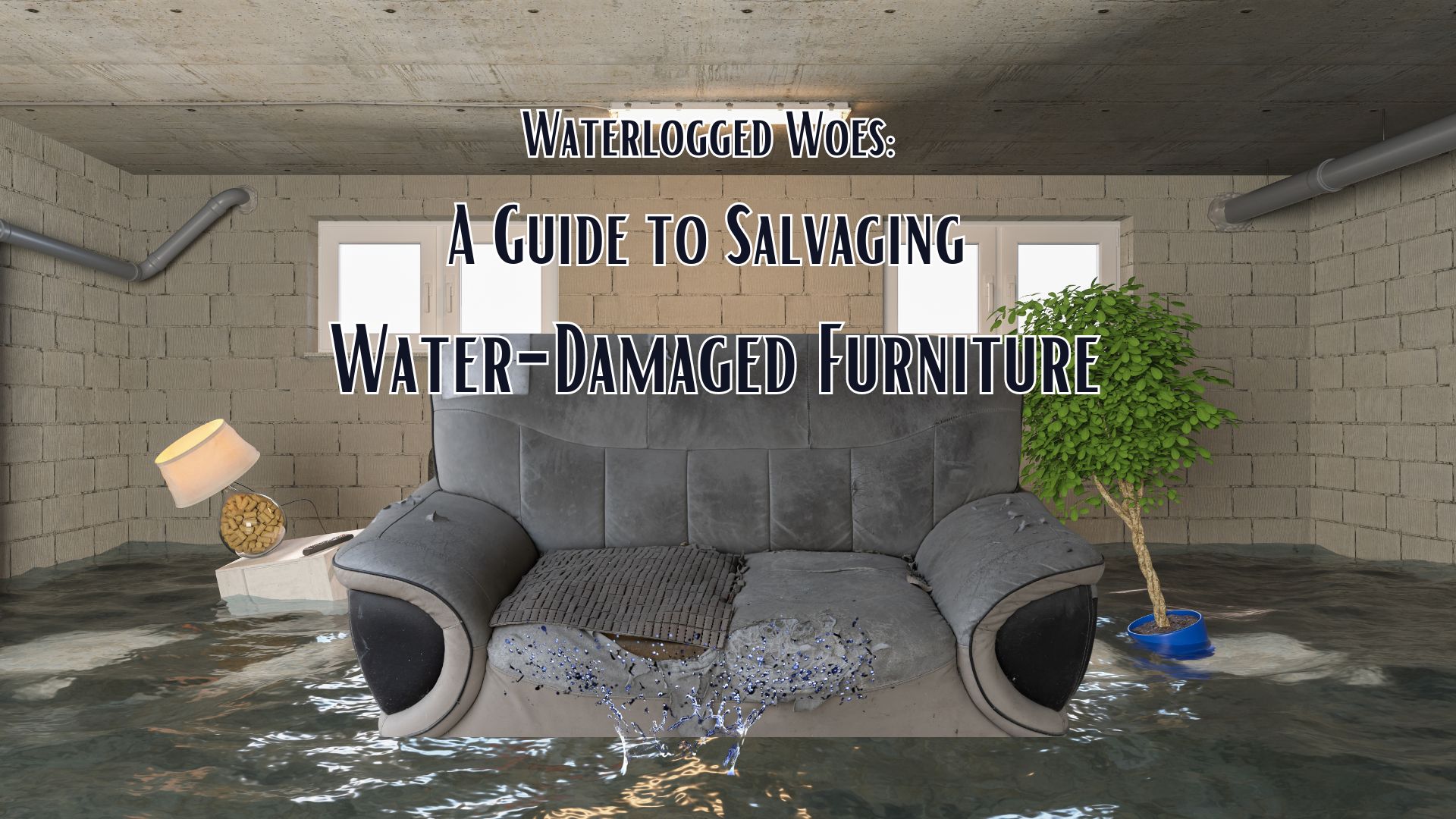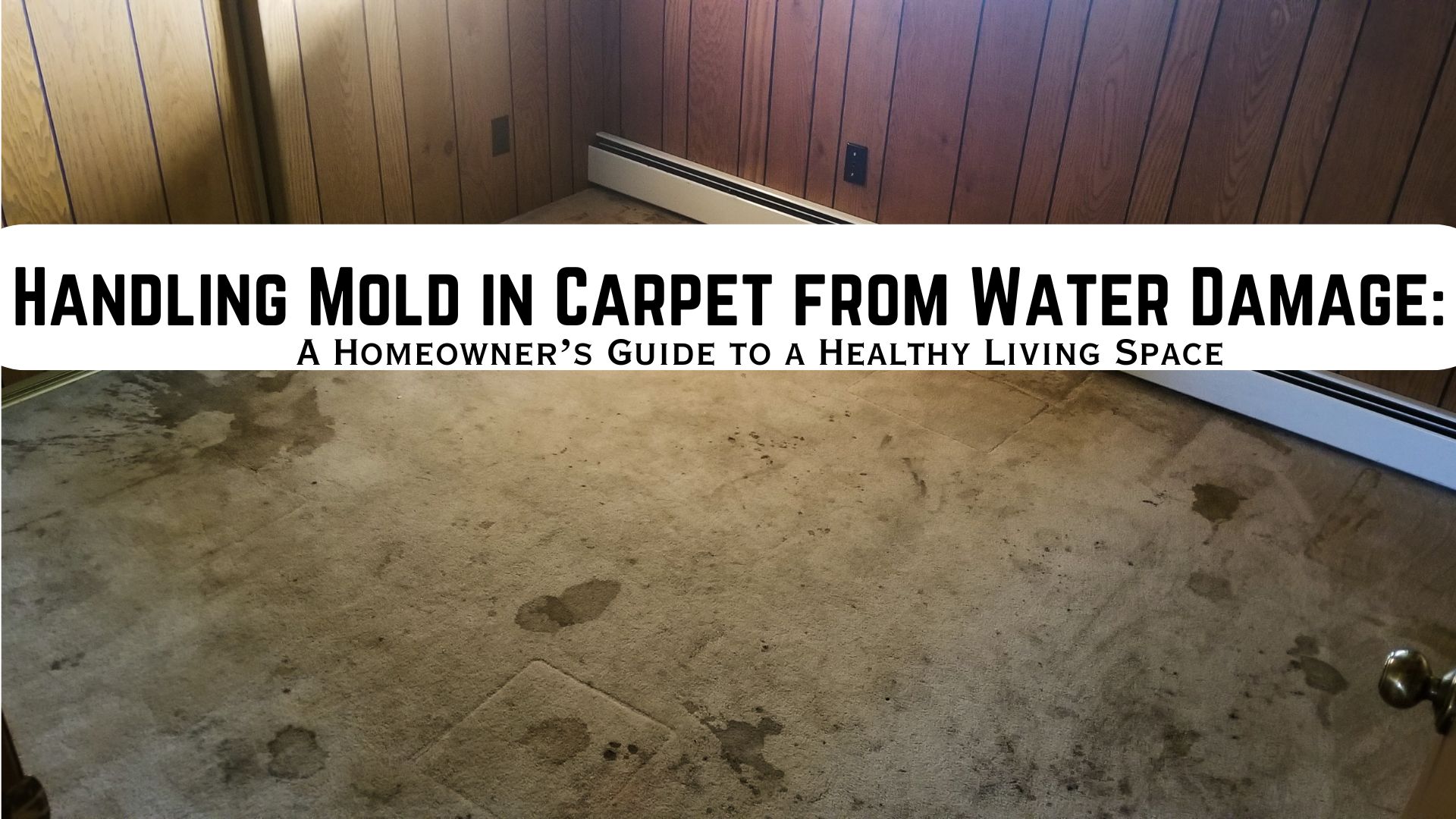Floods are one of nature’s most destructive forces, and when they strike, they can cause significant damage to homes and properties. Understanding how floods damage a home is crucial for homeowners, as it can help them take proactive measures to protect their investments. In this blog post, we’ll delve into the causes and consequences of flood damage and explore some preventive measures to safeguard your home.
Causes of Flood Damage
- Heavy Rainfall: Excessive rainfall can overwhelm drainage systems, leading to flooding in low-lying areas. Homes located near rivers or in flood-prone regions are particularly susceptible.
- Storm Surges: Coastal areas are vulnerable to storm surges caused by hurricanes and tropical storms. These surges can lead to massive flooding, causing extensive damage to homes.
- Melting Snow and Ice: In colder regions, snowmelt and ice jams can result in localized flooding during the spring thaw. This type of flooding can damage basements and foundations.
- River Overflow: When rivers exceed their banks due to heavy rainfall or snowmelt, homes situated along their paths can be inundated.
How Floods Damage A Home: The Consequences
Every home is at risk of flood damage, thus it is important to be aware of how a flood can damage your home and what steps you can take after a flood occurs. Here are some examples of damage your home may experience after a flood.
- Damage To Foundation and Walls
One of the most dangerous damages a flood can do to a home is foundation damage. When floodwater seeps into the soil or clay of the home’s foundation, it can cause foundation cracks which eventually weaken the structural integrity of your home. This can also result in cracked walls, ruptured pipes, and a sagging roof. Furthermore, as water seeps and deteriorates the bottom of the foundation, it may fall off and can put your house at risk of collapse.
After the flood, make sure to check if your home is still safe and livable. If doors and windows won’t open or the frames are distorted, your foundation may be dealing with some damage. Ask professionals to inspect your home before you re-enter for safety purposes.
- Soft and Warp Drywall
Drywall is very porous and can act like a sponge that can bring water up above flood level, affecting the other areas of your home. When it is wet, it weakens walls and probably even ceilings. Consequently, exposure to too much moisture can lead to mold and mildew growth on your ceiling. Furthermore, it can also damage home insulation because of its fiber which naturally absorbs moisture. If the drywall is already moldy and soft, you may need to replace it.
- Contaminated Furniture
Another serious damage a flood can do to your home is contaminating the contents. Floodwater which belongs to category 3 water damage is grossly contaminated and contains chemical toxins, sewage, bacteria, and mud. This is because floods often cause disruption to the sewage systems and other repositories for toxic wastes and chemical spillage.
Although porous materials in your home like rugs and carpets, upholstered furniture, mattresses, and vinyl flooring, may dry out, the contaminants that remain in those materials can pose health risks to you and your family. Thus, professionals suggest disposal of these porous materials especially if they have been wet for a longer time. Items that are made of glass, plastic, hardwood, concrete, and metal can be used again with thorough cleaning, disinfection, and drying.
- Damage To Flooring
In most cases, carpets and carpet padding that have been wet may need to be discarded. They are usually porous and when too saturated, can be difficult to handle. On the other hand, hardwood flooring and tile may be salvaged with thorough cleaning and disinfection. However, it is best to remove both types of flooring to disinfect and air out subflooring.
- Damage To Home Appliances and Electrical Systems
As you know, electricity and water do not mix. Thus, electrical components such as wirings, circuits, fuse box outlets, switches, and even computers and electric heaters can easily get damaged when wet or underwater. Replace these items if necessary.
Furthermore, appliances such as ovens and refrigerators can also suffer damage because the insulation of both appliances can absorb water and become contaminated. Your washer, microwave, and dryer can be salvaged, but before using them, hire a professional to service them.
After a flood, excess moisture and standing water can contribute to mold infestation in your home, which can put your health at risk. Mold growth is especially dangerous for people who have breathing difficulties or allergies.
Mold can appear within 24 to 48 hours after a flood, thus it is very crucial to take quick actions and prevent them from causing additional damage to your property.
When floodwater submerged and there is no excess water or moisture, make sure to clean and disinfect the affected surfaces. Clean surfaces using the bleach solution and allow the area to completely dry.
Preventing Flood Damage
- Elevate Your Home: If you live in a flood-prone area, consider elevating your home above the base flood elevation (BFE). This can reduce the risk of water entering your living spaces.
- Waterproof Your Basement: Seal basement walls and floors with waterproof coatings and install sump pumps with battery backups to prevent water infiltration.
- Install Flood Vents: Flood vents allow water to flow through the foundation, reducing pressure on walls and preventing structural damage.
- Elevate Utilities: Raise electrical panels, HVAC systems, and other utilities above the expected flood level to protect them from water damage.
- Install Backflow Valves: Install backflow valves in sewer lines to prevent contaminated water from entering your home during floods.
- Purchase Flood Insurance: Standard homeowners’ insurance typically does not cover flood damage. You should contemplate acquiring a distinct flood insurance policy to safeguard both your residence and personal possessions.
What To Do If Your Home Suffers Flood Damage
If you had to evacuate your home, never return until the authorities deem it safe to enter. Be very cautious and observant of your property. Never stand in water as it can cause electrocution.
As you inspect your home, make a record of evidence of the damage brought by a flood. Take photos and videos of all the damaged contents. Make sure to contact your insurance provider immediately to inform them of the current condition of your home.
Professional Water Damage Restoration by Superior Restoration Company
If your home suffers from damage due to a flood, contact a professional water damage restoration company immediately. We, at Superior Restoration, offer excellent cleanup and restoration services. Our team utilizes quality tools and equipment necessary for restoring flood-damaged homes. We work diligently to ensure that your home is back to its original state. Get in touch with us today.




